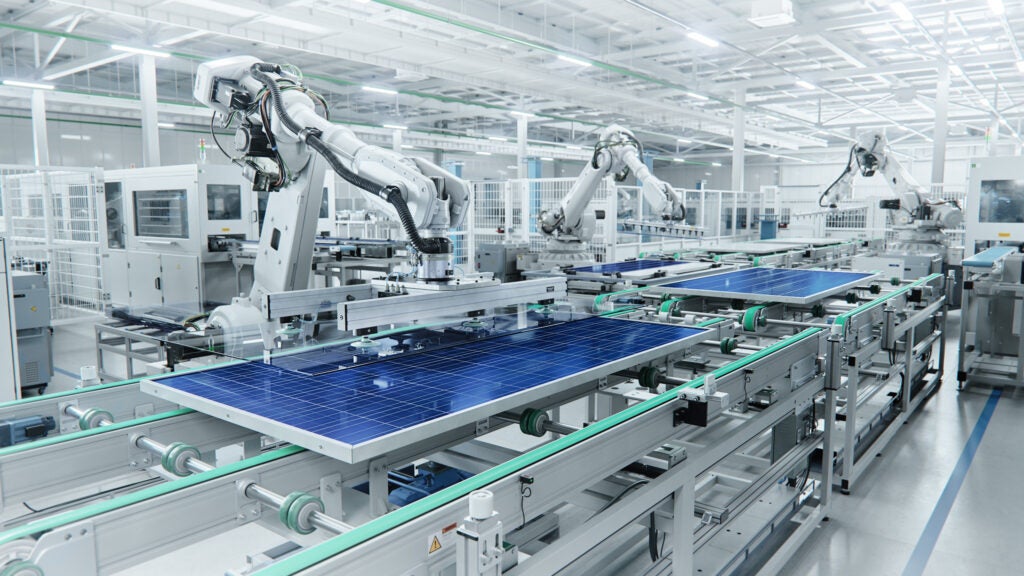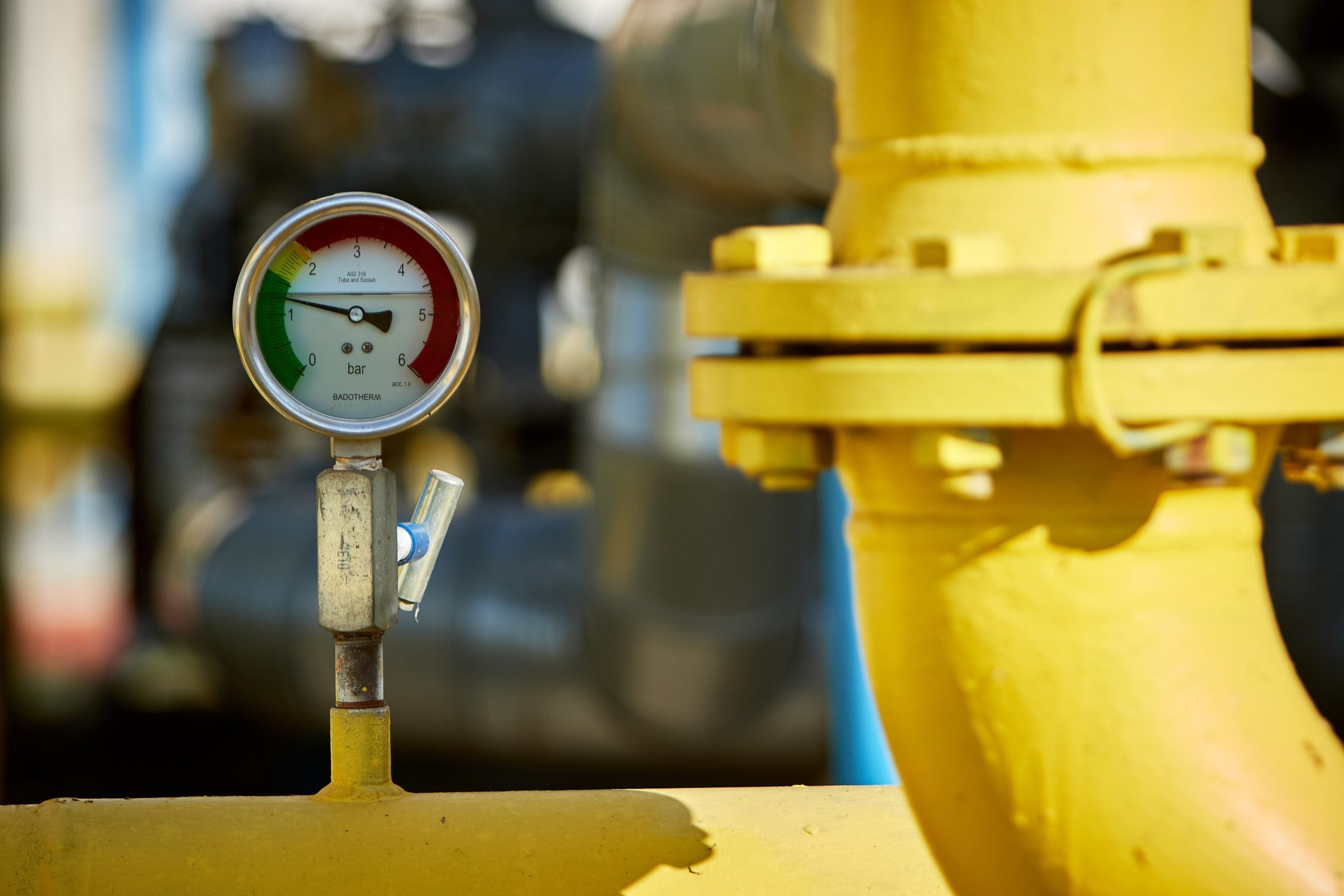This post originally appeared on Climate 411 and was co-authored by Elgie Holstein
Our nation has a history of tackling big challenges and leveraging the ingenuity of American entrepreneurs to develop solutions that have changed the world – from curing diseases to exploring space to launching the internet. Today, climate change is one of our most urgent global challenges, for which there is little time left to prevent the most destructive impacts. To combat it, we must bring every bit of our nation’s entrepreneurial creativity and scientific excellence to bear. That means accelerating the deployment of existing low-carbon technologies as well as investing in new and emerging innovations that can transform our economy to 100% clean energy. And we have to do it quickly.
Fortunately, there are recent indications that a clean energy innovation agenda can attract bipartisan support in Congress, even as the debate over broader climate policy remains gridlocked. Recently, in the Republican-controlled Senate, the Environment and Public Works Committee held a hearing focused on a bipartisan bill that would invest in research on cutting- edge approaches such as direct air capture (DAC), a “negative emissions technology” (NET) that might someday be able to suck carbon pollution directly out of the air and store it or recycle it into fuel, fertilizer, and concrete.
A complement to conventional approaches to climate mitigation that reduce emissions, NETs remove carbon dioxide that’s already in the atmosphere. They range from technological options like DAC to natural sequestration techniques such as replanting and vitalizing forests and adopting sustainable farming practices that put more carbon into the soil. The Committee also looked at the state of carbon capture and storage (CCS) technology, which can capture carbon pollution from industrial smokestacks, including at power plants, and store it underground.
In the House, the Committee on Science, Space, and Technology held a hearing highlighting the contributions of one of America’s most successful energy research and development organizations, ARPA-E, the Advanced Research Projects Agency–Energy. Its special mission is to move high-impact energy technologies from the research workbench to the market. Its successes have earned the agency support from a wide array of groups on both sides of the aisle, even as President Trump has proposed ending this popular bipartisan initiative.
Together, these hearings illustrate a growing understanding that investing in emerging technologies that slash carbon pollution is good for the environment and the economy, as well as for maintaining America’s competitive edge in the global clean energy revolution.
Unlocking innovation
In order to avoid the worst effects of climate change, the world must reach net-zero emissions – taking as much carbon out of the atmosphere as we put into it – by mid-century. In its recent report on limiting temperature increases to 1.5 degrees Celsius, the Intergovernmental Panel on Climate Change (IPCC) emphasizes that cutting carbon pollution at the pace and scale required to avoid the worst effects of climate change will require rapid development and deployment of an expanded portfolio of low- and zero-carbon options.
In the U.S., we must take advantage of every cost-effective opportunity to cut climate pollution now, while investing in the innovations that will put us on course for net-zero emissions as soon as possible. Doing so will position us to lead the world in new clean-energy technologies, creating millions of new jobs for Americans.
Potential breakthrough technologies are on the horizon, from utility-scale energy storage, which can enable us to use lots more renewable power, to new means of capturing and storing carbon. But innovation and adoption are not happening fast enough, and many of the technologies that can make a difference are not currently cost-effective.
Accordingly, we must put in place the policies and incentives that will drive massive expansion and deployment of existing clean energy technologies such as solar and wind, backed by enforceable declining limits and a price on carbon pollution. At the same time, we must multiply investment in nascent, or even not-yet-dreamed-of, technologies, so that a new supply of clean solutions can be made market-ready, in order to close the emissions gap ahead.
Moreover, we need the pairing of policy frameworks — such as imposing carbon emissions limits and requiring companies to pay when they pollute — with investment in innovative solutions, such as NETs. That will produce a multiplier effect, allowing for greater ambition in curbing greenhouse gas pollution on a faster timeline. Requiring companies to face the true costs of their pollution will lead them to seek out cleaner sources of energy, not just as customers for new technologies, but as production and process innovators. Meanwhile, government investment in critical research will spark the development of new solutions that will be ready for deployment when the market demands them, lowering compliance costs and driving transformative change across the economy.
The case for Congress
While it is encouraging to see Congress engaging in conversations on innovation as a means of addressing climate change, much more work is needed.
Policymakers from both sides of the aisle must commit to investing in the development of clean energy solutions while creating the market conditions necessary to make significant cuts in climate pollution, starting now. They must articulate and act on a vision of achieving net-zero greenhouse gas pollution by mid-century.
Investing in innovation is a key piece of the puzzle. So, too, are policies that protect American families and communities while boosting our economy and cleaning our air.
The challenge is significant. Fortunately, America has shown that it is up to the job.











